
The U.S. Department of State recently hosted a number of government officials in a conference on nutrition and hunger in Guatemala. Attendees included representatives from USAID, the Guatemalan Health Minister, officials of the Government of Guatemala, a panel of nutrition experts, and private sector leaders.
As part of the larger Zero Hunger Pact, started by the President of Guatemala in 2012, Guatemala’s goal is to lower chronic malnutrition in children throughout the country by 10 percent by 2015.
In addition to representatives from the United States and Guatemala, members from the World Bank, the World Food Program, and other high-profile organizations appeared at the event. Participants of the event gathered to discuss and strategize on Guatemala’s implementation of the Zero Hunger Pact, which included planning the necessary next steps for the country to take to reduce malnourishment.
Guatemala has one of the highest rates of child malnutrition in the world as nearly half of all children in the country under five years of age suffer from chronic malnourishment; the issue is particularly bad in the Western highlands of Guatemala. U.S. government officials praised the Guatemalan government’s efforts to tackle child nutrition at the conference and also praised their efforts for sustainable results in fighting hunger.
In addition to the Zero Hunger Pact, Guatemala is also a focus area for the United State’s global hunger and food security initiative called Feed the Future.
– Christina Kindlon
Source: State Department
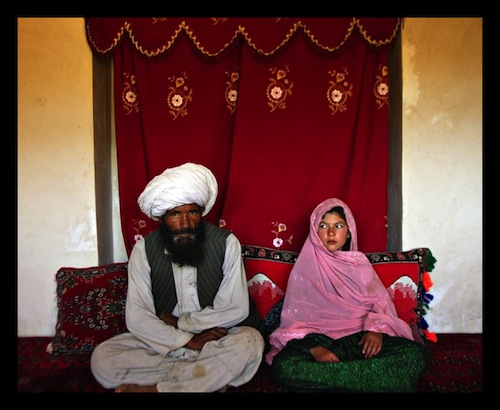
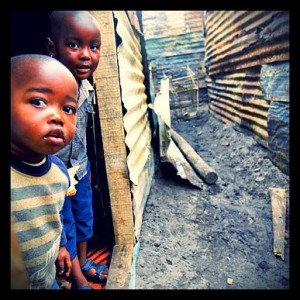

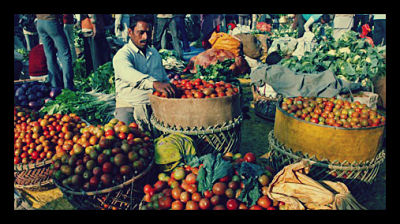
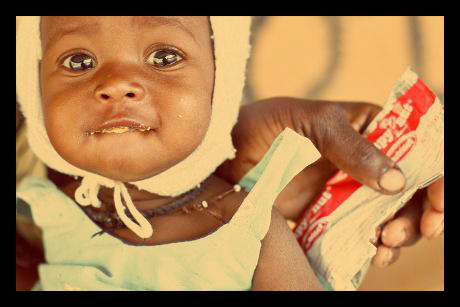
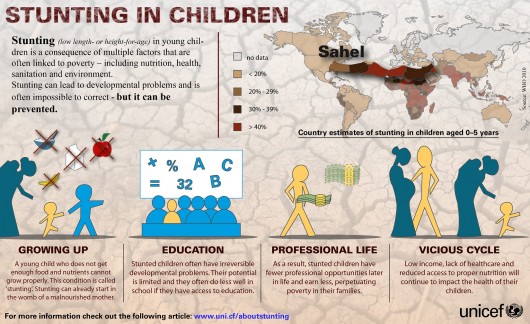
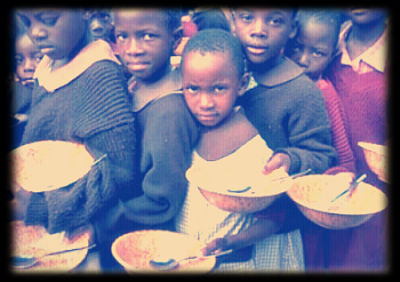
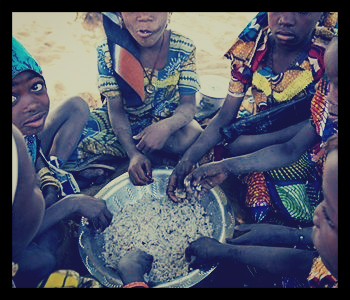
 One voice may not always be enough for the world to hear, but when a community of more than 900 cities joins together to combat and confront development challenges such as global poverty, being heard is a guarantee. The World Alliance of Cities Against Poverty (WACAP) is a network of more than 900 cities, some of them located in nations such as the United Kingdom, Turkey,
One voice may not always be enough for the world to hear, but when a community of more than 900 cities joins together to combat and confront development challenges such as global poverty, being heard is a guarantee. The World Alliance of Cities Against Poverty (WACAP) is a network of more than 900 cities, some of them located in nations such as the United Kingdom, Turkey, 
